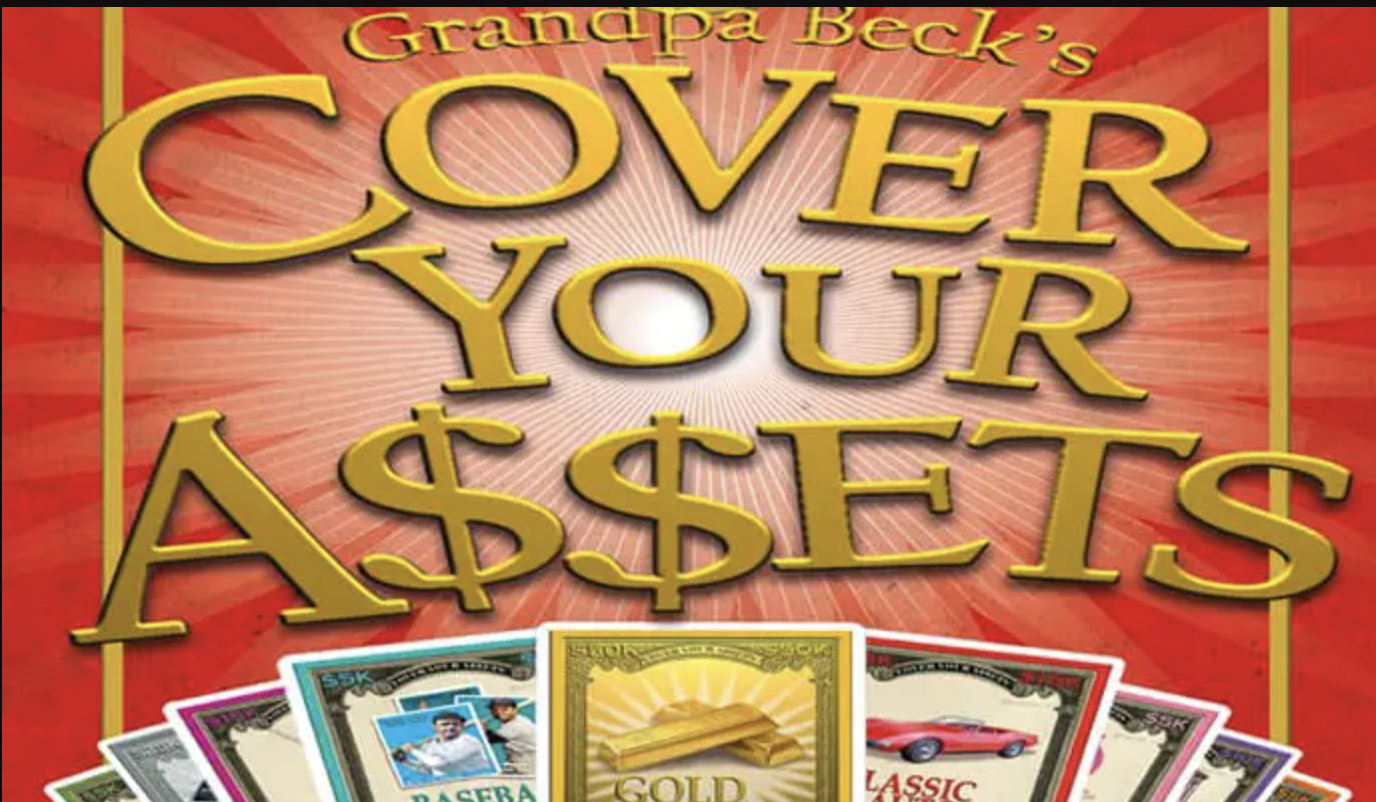Cover Your Assets was introduced to me by a friend of mine, and it quickly became a favorite! Not only is it pretty easy to learn, but it’s fast paced and the biggest lesson I got was this: no matter how good (or bad) your decks look in the beginning, it’s anyone’s game until the very end.

The goal of CYA is simple: become richer than everyone else by the end of the game. In the game, your goal is to create decks of the same assets (i.e. piggy banks, jewels, cars, etc). And all you need is at least two of the same card. When you make a new deck of a different asset, you literally cover the old one with the new one (once a deck is created you can no longer add to it unless someone wishes to steal it).
How stealing works is that every deck (except the first one you make) that’s on top can be stolen by others if they have the same asset in their hand (or a wild— more on that later) as the deck they wish to steal. BUT, if you have another card with the same asset (or wild) in your hand, you can counter their attempt and keep the deck. Although, if they happen to ALSO have another card of the same asset (or a wild), they can then counter your counter— if you don’t also have another card of the same (or wild).

Another card type that’s important is the Wild Silver and Gold cards which are, as they sound, wild cards that are used to counter steal attempts or to attempt to steal any asset deck. However, fair warning, if players do go back and forth with assets and wilds to try and win a deck, whoever plays the last card gets the deck and everything played (and you want to have as many cards as you can get by the end). There is no limit to the number of times a deck can get stolen, all it requires is that it’s on the top. So decks can get pretty big!
Players should have five cards in their hands at all times, pulling from the face-down (FD) deck after they use any. Players can also decide to discard a card and replace it with one from the FD deck if they can’t make any asset decks during their turn, and the following players could then use what was discarded.
Once all the cards run out (in FD deck and player’s hands), the players add up their money (each asset type has a different value with the wilds being worth the most) and whoever is the richest wins!

This game was super fun to play, and we ended up playing multiple rounds because of how quick and fun it was. As I foreshadowed earlier, because decks can always be stolen (so long as they’re on top), your assets are never really guaranteed to you, and, in one round, one of my friends lost nearly all their assets in just the last few turns (it’s a cutthroat game).
Definitely recommend it if you want an easy to learn game that can be played quickly!
Don’t forget to cover your assets!
